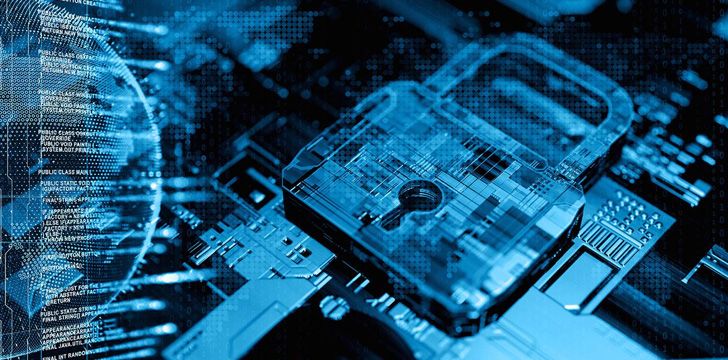
Technology solutions have become a buzzword in the current era. However, behind the hype and buzz, lies actual benefits that businesses and organizations can enjoy through such solutions. In today’s world, technology is not just another optional aspect that businesses can do without; it has become a fundamental business component. Understanding the benefits of technology solutions can allow businesses to make informed decisions before implementing them.
Improved Efficiency and Productivity
One of the most significant benefits of implementing technology solutions in businesses is increased efficiency and productivity. Automation of routine tasks and streamlining of processes through technology can save time and improve accuracy levels. With automated solutions, businesses can quickly complete complex tasks that would have taken hours or even days manually. This increased speed and accuracy can enhance the overall efficiency and productivity of personnel, reduce operational costs and increase profitability.
Better Data Management
Data is a primary component of businesses in today’s world. However, manual data entry, management, and analysis can be a tedious and time-consuming task, resulting in errors, wasted time, or missed opportunities. Technology solutions can allow businesses to capture, manage, and analyze large volumes of data effectively. Technology can automate data entry, reduce errors and discrepancies, and provide valuable insights, allowing businesses to make more informed decisions.
Improved Customer Experience
In today’s world, technology solutions focus on customer satisfaction and experience. With digital tools such as chatbots, mobile apps, and automated email campaigns, businesses can interact with customers in real-time and provide exceptional experiences. This will enhance customer loyalty, reputation, and attract more customers.
Optimizes Resources
Technology solutions can help businesses optimize their resources to produce the best possible results. This includes efficient allocation of personnel, automated task management, and real-time tracking, allowing managers to maximize workforce productivity, improve quality of output and allocate resources effectively. This optimization can also reduce operational costs significantly.
Enhanced Security
The rise in technological advancements in businesses also comes with increased security threats. As companies store and manage more data digitally, it’s crucial to have the right security technologies to safeguard sensitive data. Security technologies such as encryption, firewalls, and antivirus software can protect data from cyber threats, safeguard business reputation and maintain customer trust.
In conclusion, the benefits of technology solutions extend beyond the buzz. They can help businesses improve efficiency, better manage data, optimize resources, improve customer experience, and enhance security. Therefore, it’s essential for businesses to leverage technology solutions to stay competitive and achieve their goals. Businesses that implement technology solutions can gain a competitive advantage, reduce operational costs, and create an optimal business environment for growth and development.…






